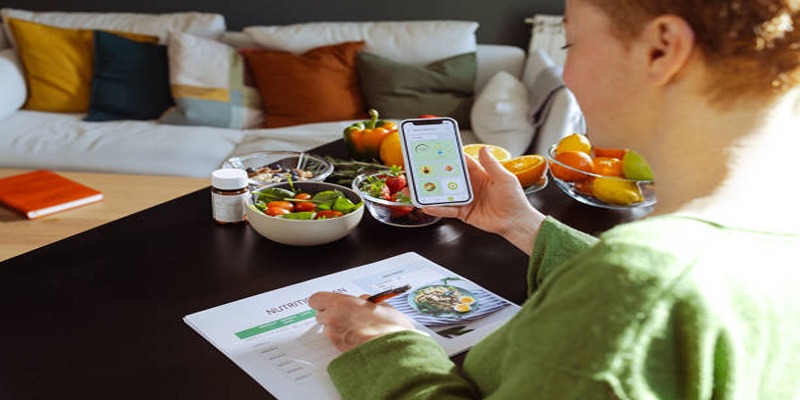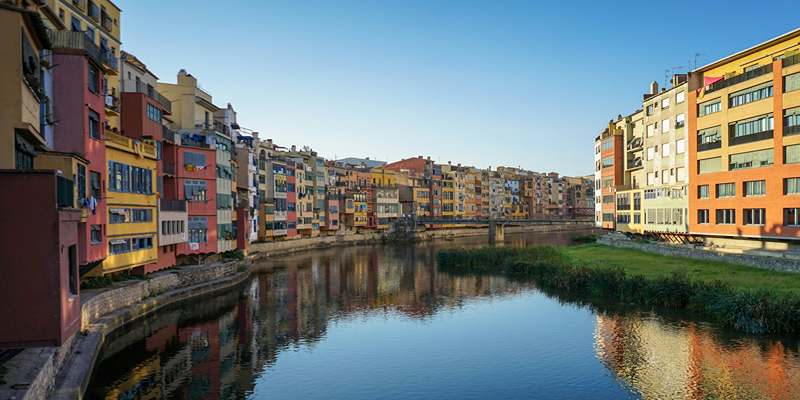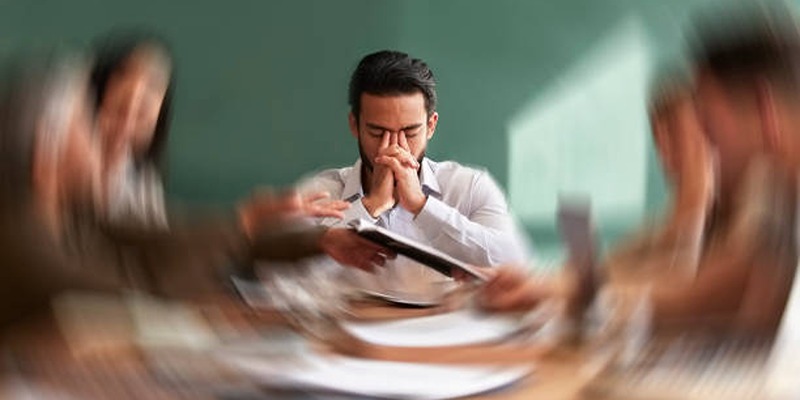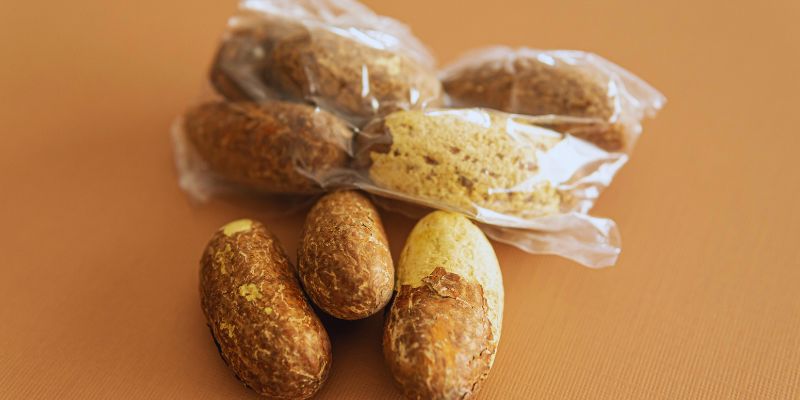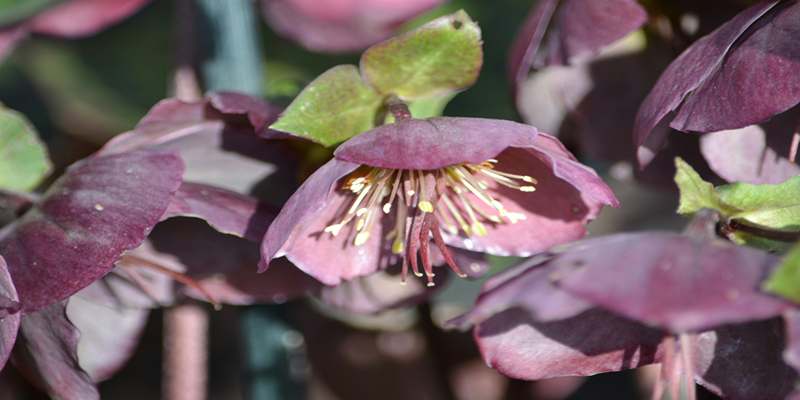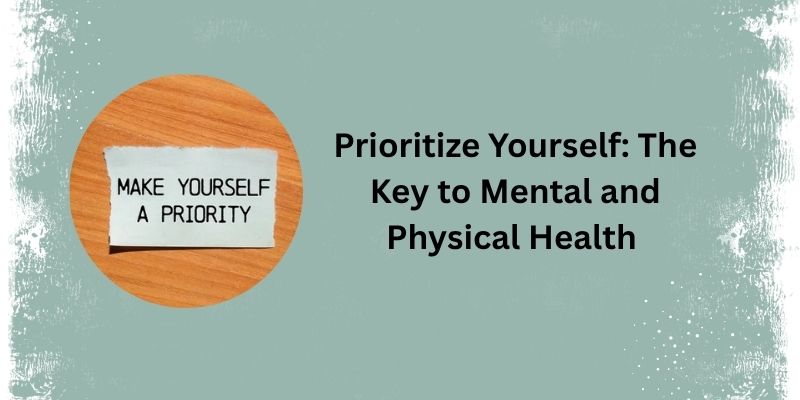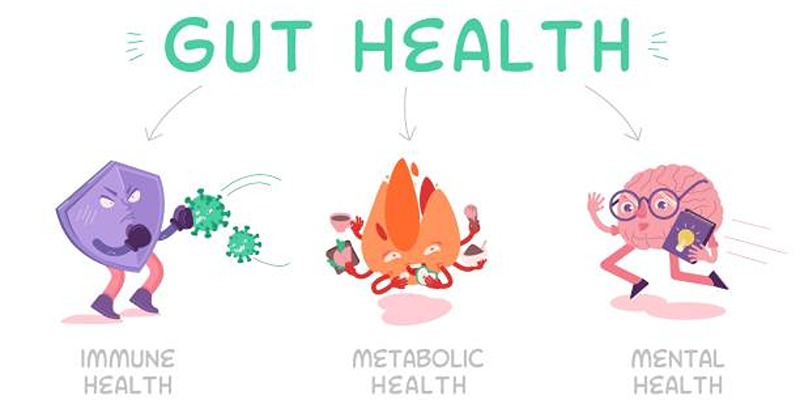If you’ve ever thought about going to the US Open but felt unsure where to begin, you’re not alone. With its electric atmosphere, top-tier matches, and a layout that can be a bit overwhelming at first, it’s easy to feel lost before you even pass through the gates. But once you're inside, it all starts to make sense—and it’s more than worth it. The US Open isn’t just about tennis. It’s about the whole experience. The cheers. The food. The energy under the lights. It feels alive.
Understanding the Layout Before You Arrive
The US Open is hosted at the USTA Billie Jean King National Tennis Center in Flushing Meadows, Queens, New York. It's huge. The complex consists of several stadiums and courts, with Arthur Ashe Stadium being the focal point. That's where the grandest matches are played. If you have tickets there, you're already in for a show. But there's much more to see.
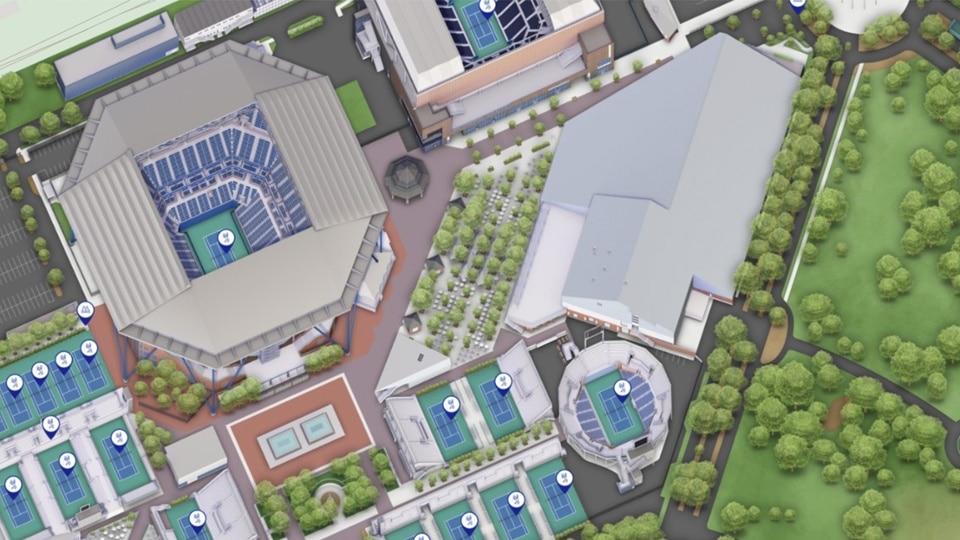
Most visitors think that you stay in one seat for the entire day. That is not the case. With a day session ground pass, you can stroll around between outer courts and smaller stadiums such as Grandstand or Louis Armstrong. Such matches can be even more enjoyable to view. You are nearer to the players, and the crowds are smaller but equally enthusiastic.
Plan to arrive early. You'll want to have time to wander around, get your bearings, and attend warmups or junior matches before the big stuff starts. And dress in shoes that are comfortable. You'll walk further than you'd imagine.
How to Choose the Right Tickets
US Open tickets are broken into sessions: day and night. The day session starts around 11 a.m., while the night session kicks off around 7 p.m. Each session requires its own ticket, even if you're planning to stay all day. If you're on a budget or just want a taste of the action, a day ground pass is a great place to start. It gives you access to most courts, except for the reserved seating in Arthur Ashe, unless you specifically bought a ticket for it.
First-timers often wonder if it’s better to go early in the tournament or later. Here’s how it breaks down: early rounds have more matches happening at once, so you get variety. Later rounds have higher stakes and star power. You’ll likely see household names play deeper into the tournament, but those tickets tend to cost more and draw bigger crowds.
If seeing a big player is on your list, look at the draw before you go. It gets posted a few days before the tournament begins, and it’ll show you who’s playing when. Match times aren’t always locked in, but it’ll give you an idea of who might show up on which court.
What to Bring—and What to Leave Behind
There are some rules you’ll want to know before packing your bag. Security is tight, and the list of banned items is long. No backpacks. No laptops. No hard coolers. If you bring a bag, make sure it’s soft-sided and small. Think drawstring or tote, not gym bag. You can bring in a sealed bottle of water and snacks, but not big meals. Reusable water bottles are allowed, but they need to be empty when you arrive.
The sun in New York during late August and early September is no joke. Sunscreen, sunglasses, and a hat will come in handy. So will a light jacket if you’re staying for the night session. It can cool down quickly, especially once the sun disappears behind the stands.
Charging your phone might become an unexpected priority, especially if you're using a digital ticket or trying to keep up with the schedule on the US Open app. There are charging stations, but they get crowded. A small power bank can save you a lot of hassle.
Steps for Making the Most of Your Day at the US Open
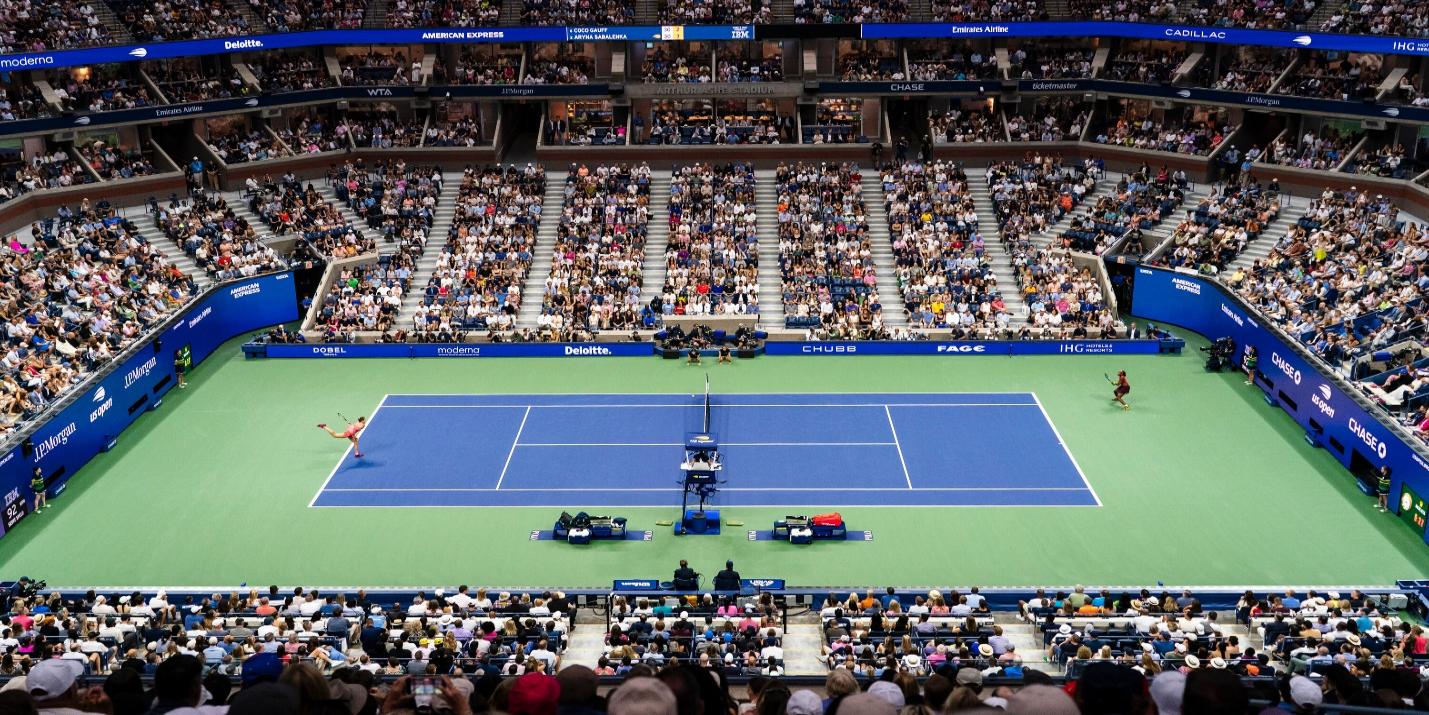
Step 1: Arrive Early and Head to the Practice Courts
Before matches start, many of the top players hit the practice courts. This is your best chance to see them up close, without the pressure of competition. Look for posted schedules or just follow the crowds—people tend to gather when a big name is practicing.
Step 2: Catch Outer Court Matches First
Once matches begin, skip the temptation to head straight to the big stadiums. Outer court matches are where you’ll find rising stars and maybe even a future champion. It’s also where the atmosphere can feel the most intense, especially if a match goes long.
Step 3: Time Your Meals Smartly
Food lines get long fast. Aim to grab lunch before noon or after 2 p.m. if you want to avoid waiting. The grounds offer everything from sandwiches and salads to more regional options like fried chicken or tacos. While the food’s better than standard stadium fare, prices match the location—expect New York rates.
Step 4: Head to Your Reserved Seats Closer to Match Time
If you’ve got tickets for Arthur Ashe or another stadium with assigned seating, there’s no rush. Matches often run late, and weather delays can shift everything. Keep checking the US Open app for updates. Once it’s time, ushers will only let you in during changeovers, so be ready to move quickly.
Step 5: Explore Between Matches
There’s plenty to see beyond tennis. Sponsor booths hand out free stuff, live music plays near the entrance, and the main plaza fills with people watching matches on the giant screen. You’ll see fans from all over the world, and if you stay long enough, you might catch a player walking by.
In the End
Going to the US Open for the first time is like visiting a city within a city. There’s too much to do in one day, but that’s part of the fun. Don’t try to see everything. Pick a few things that matter most to you—whether it’s watching a favorite player, trying new food, or just soaking up the atmosphere—and let the day take shape from there. You’ll walk away with sore feet, a full camera roll, and probably a strong desire to come back next year.

